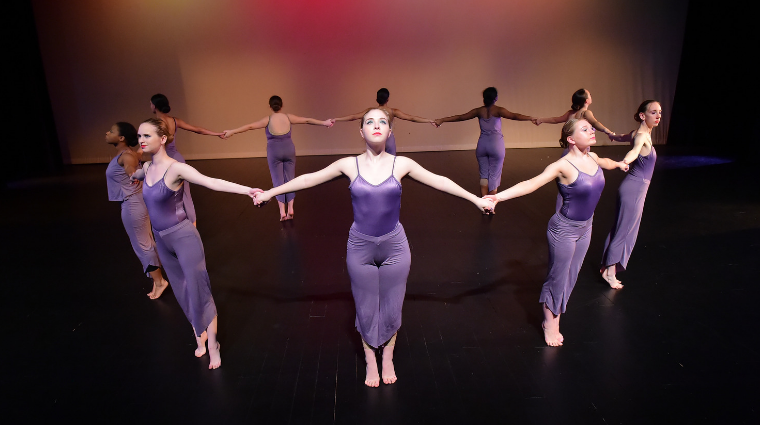
Dance is more than just movement—it's an expressive art form that cultivates creativity, physical fitness, and emotional well-being. Girls high school dance programs provide young women with the opportunity to explore different styles of dance while developing discipline, teamwork, and self-confidence. These programs are becoming increasingly popular in high schools across the country, offering both recreational and competitive opportunities.
The Importance of Dance in Girls' Education
Dance is a powerful component of a well-rounded education, especially for teenage girls navigating the pressures of high school. Whether performed on stage or in practice studios, dance helps students grow personally and academically.
Physical and Mental Health Benefits
Dance promotes cardiovascular fitness, flexibility, and strength. It also supports mental health by reducing stress, improving mood, and boosting self-esteem. Students who participate in dance are often more focused and disciplined, qualities that benefit them in all areas of life.
Enhancing Academic and Social Skills
Many schools find that students involved in the arts, including dance, often perform better academically. Dance also enhances communication and collaboration, as dancers must work together and often choreograph or interpret pieces as a team.
Types of Dance Programs Offered in Girls High Schools
High schools typically offer a variety of dance programs to suit different interests and skill levels, from beginner-friendly classes to elite performance teams.
Curriculum-Based Dance Classes
These are part of the regular school curriculum and may fulfill physical education or arts credits. Courses often cover a range of styles such as ballet, jazz, modern, and hip-hop, along with choreography and dance history.
Extracurricular Dance Teams
Many schools have dance teams that perform at sports events, pep rallies, and competitions. These teams demand commitment and often practice after school and on weekends. Students learn teamwork, time management, and the importance of practice and precision.
Competitive Dance Programs
Some high schools compete at regional and national levels, offering advanced training in choreography and performance. These programs are ideal for students interested in pursuing dance professionally or in college.
Life Skills Gained Through Dance

Dance teaches more than just steps and routines—it instills life lessons that prepare students for the future.
Confidence and Self-Expression
Dance encourages students to step out of their comfort zones and express themselves through movement. Performing in front of an audience helps build confidence and resilience.
Time Management and Dedication
Balancing academics with dance practice requires discipline. Students quickly learn how to manage their schedules, set goals, and stay committed.
Preparing for Future Opportunities
Girls who participate in high school dance programs often go on to pursue dance in college or even professionally. Others may use their experiences in leadership roles or other creative fields, enriched by the discipline and self-awareness developed through dance.
conclusion
In conclusion, girls high school dance programs offer far more than performance opportunities—they foster growth, confidence, and lifelong skills. Whether a student dreams of dancing on stage or simply wants a creative outlet, these programs provide a vibrant, empowering experience that supports both personal and academic success.




Comments